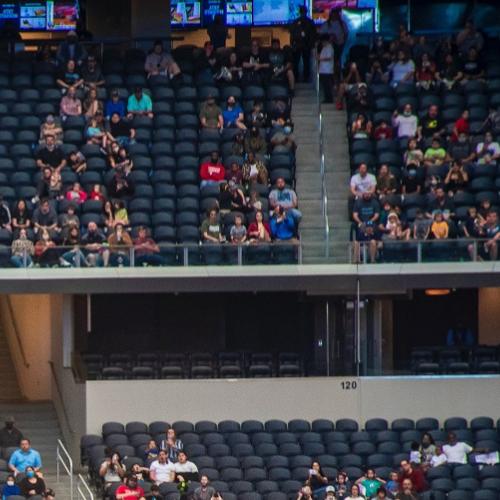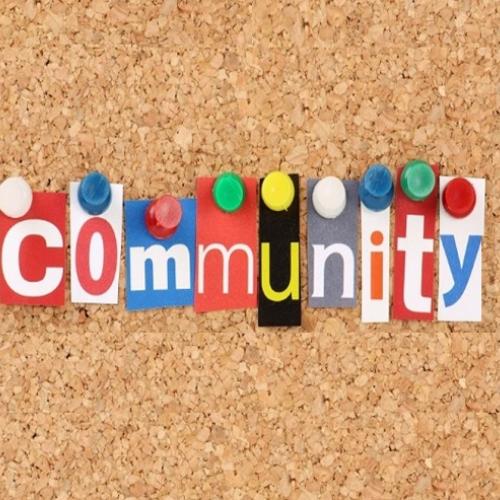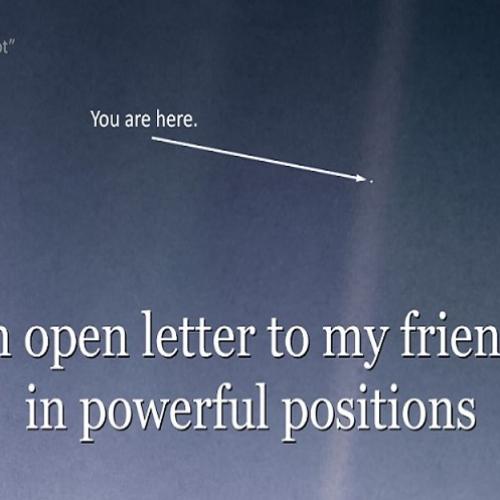
When I ask leaders in their 40s, 50s, and 60s how they perceive the 20- and 30-somethings in their organization, the vast majority respond with a gripe: “Everyone gets a trophy.” “They’re not willing to put in the hours.” “Snowflakes.” “They want to be in charge without paying their dues.” Whether the leaders work in finance or medicine, business or law, they seem to coalesce around a common narrative about Millennials’ failure to conform to organizational norms and customs.
But if so many younger people are struggling to integrate into our workplaces, we’re pointing the finger in the wrong direction. After all, leaders are responsible for creating the space in which people can contribute. We need to look in the mirror and acknowledge our culpability for the disconnect between many Millennials and our organizations.
“…leaders are responsible for creating the space in which people can contribute.”
Millennials often find themselves in a workplace that was designed for their grandparents. Hierarchical structures and Command-and-Control leadership behaviors—still prevalent in too many organizations—rub many Millennials the wrong way. They don’t want to be told what to do and just comply with orders. As a result, they struggle to connect with current leadership and feel disengaged with the work environment.
There are certainly a variety of factors driving this generational disconnect, but I’m starting to believe that the root cause is a strangely familiar one—we should blame the parents.
For most of us, our parents are our first role models and shape the kinds of leaders we respond to later in life.
“…Command-and-Control leadership behaviors—still prevalent in too many organizations—rub many Millennials the wrong way.”
My Gen-X friends and I were all raised by the same sort of parents. They supported and provided for us, directed how we should behave—but our emotional intimacy with them was limited. My parents didn’t have much visibility into the emotional arc of my life—I navigated friendships and fights, romances and rough patches largely on my own. Following the Dr. Spock philosophy of the 1960s and 70s, many parents kept their emotional distance when raising their Gen-X kids. As a result, the Command-and-Control leadership style as practiced by Baby Boomers has felt, while not exactly comfortable, at least familiar to many in my generation.
But Millennials, kids raised in the 1980s and 90s by more involved “helicopter” parents, seek and expect different things from their leaders. Parents of Millennials shared their emotions and asked frequently how their children felt; parents were actively involved in their kids’ decision-making and communicated with them constantly.
As a result, in the workplace, Millennials are seeking that familiar intimacy with leadership. They want to work with leaders who engage them emotionally and provide the opportunity for them to meaningfully contribute. Millennials want to be seen, heard, and participate.
“Millennials want to be seen, heard, and participate.”
The Baby Boomers and Gen-Xers currently in charge need to recognize that leadership as it’s been practiced for the last 70 years in large organizations is not going to work for Millennials. Leadership must evolve, actively engaging this new generation of workers and creating organizations more conducive to their style and desire to contribute.
Some might argue that Millennials just need to adapt, but that’s short-sighted. The world is changing at a blistering pace, and I cannot name an industry—energy, finance, transportation, health care, education, professional services—in which stasis is a winning strategy.
To succeed in this marketplace, organizations must innovate and evolve. Leaders need to become more encouraging of participation, more candid, more willing to experiment, fail and learn. They need to guide their organizations to work through conflict more productively, empower more readily, and collaborate more seamlessly. Not coincidentally, this is the very same style of leadership that enables Millennials to thrive.
By adopting what I call an "Engage-and-Align" approach to leadership, Boomers and Gen-Xers will energize younger employees at a time when innovation and agility are at a premium. Organizations of all types will benefit from leveraging the new thinking and considerable talent that Millennials bring the workforce.
“By adopting what I call an Engage-and-Align approach to leadership, Boomers and Gen-Xers will energize younger employees at a time when innovation and agility are at a premium.”
Rather than complaining about Millennials because they do not easily integrate into our old models, it’s time to adapt our organizations and change our leadership behaviors. Better to evolve now than pretend we can duck the incoming tide.
As I work on a book that offers a deeper dive into these concepts, I will share additional perspectives and best practices on social media. Please feel free to follow me or get connected with Nvolv to share your own perspective.
©2018 Bob Marcus






